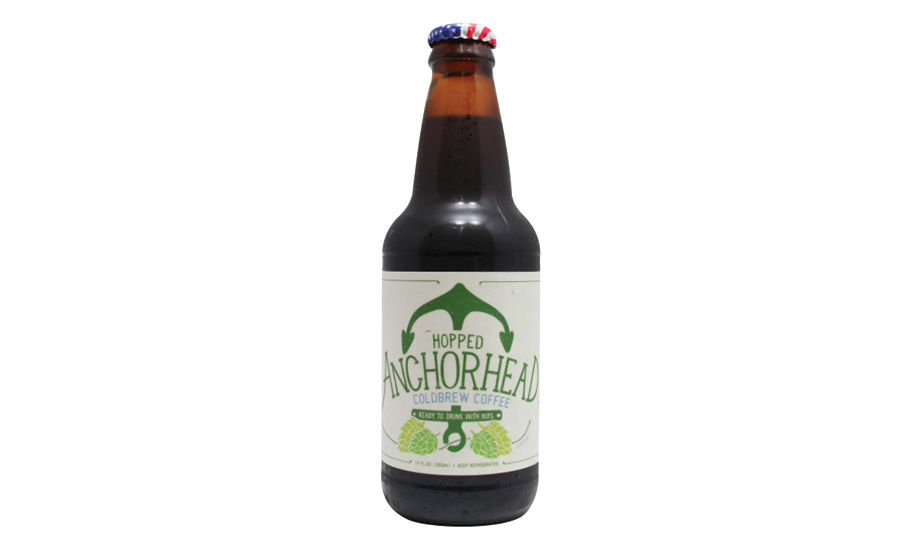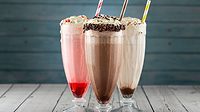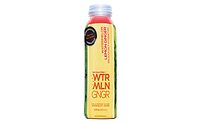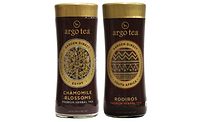Consumers have become more open to new flavors and innovations as interest in health and wellness and consuming natural and organic products continues to grow. Beverage-makers have utilized many methods and ingredients to bring these products to the market, and experts note that hops are providing a solution for beverages across myriad categories.
Niles, Ill.-based Imbibe’s Marketing Coordinator Ilana Orlofsky highlights how the growing interest in natural products has driven the use of hops and malts. “As consumers express a growing interest in products with a natural positioning, some alcohol brands are responding by better aligning themselves within the organic and natural segment,” she says. “And we should expect to see more follow suit in the next 12-18 months.”
Although malts are doing well as a result of the continued growth of the whiskey category, hops have experienced a more noticeable shift in demand. Al Murphy, vice president of sales for the alcohol division for Greensboro, N.C.-based Mother Murphy’s, notes the “five Cs” as trending hops varietals: Citra, Chinook, Centennial, Columbus and Cascade.
Murphy says that similar to teas and wines, the geographical location, weather, soil, etc. all will play a role in the flavor profile of a hop varietal and should be considered by any beverage-maker looking to use hops in a formulation. Additionally, source supply also should be taken into account, he says.
“Hop farms are growing, but certain types of hops are hard to source, such as Citra,” he says. “Some types of hops can grow more easily (Cascade) in certain parts (geographically) compared to others, which are not easily grown.
“Weather patterns can impact the crop and have a huge effect on supply in the category,” he continues. “Many folks are starting to grow their ‘local’ hops, so hopefully in the future, we will have more options and hops for a variety of products.”
Flavor crafting
Flavor is considered the most important aspect of any beverage formulation. With millennials driving the demand for new flavors, beverage-makers have begun to utilize hops and malts to deliver unique flavors and innovations.
“The influence and increased interest in global flavors, in addition to the rise of craft breweries, also contributes to the demand for more unique flavors,” Imbibe’s Orlofsky says. “Another development that is currently trending is the practice of adding distilled hops oil to beer. Sierra Nevada is one company that has found success in this space — the result: a fresher, hoppy profile with citrus nuances, as well as a higher IBU (international bitterness unit).
“We expect to see an increase in the use of distilled hops oils, especially at beer breweries,” she continues. “These oils will add complexity by enhancing either citrus or floral notes and by contributing to an increased IBU. In order to create unique beverages, craft breweries will also continue to be interested in more varietals of hops, which will, in turn, capture the palates of millennials and Gen Xers, many of whom crave bold and exotic flavor combinations.”
The bitterness provided by hops also is a growing flavor trend, Mother Murphy’s Murphy says. “Bitterness is a growing theme compared to sweetness,” he says. “The growing theme of bitterness has also grown within the mixology segment with bartenders making their own bitters.”
Although bartenders are making their own bitters, the craft segment is driving demand for a variety of hops, Murphy notes. Additionally, he says that hops also are being used to innovate new products, most notably within the craft segment.
“IPA is the largest segment of [the] craft brewing category,” Murphy says. “IPA’s are all about hops and playing on bitterness rather than sweetness with malts. … Many cider makers are starting to blend hops with ciders to create new beverages and concoctions.”
He adds that the company has seen an influx in flavored hop requests from beverage manufacturers across all beverage categories that are looking to differentiate their portfolios. “Folks are looking for the next big thing and are taking the conceptual idea of hops from the beer category,” he says. “I’ve seen hops used in ciders, waters, coffees and cordials.”
For example, Anchorhead Coffee, Duvall, Wash, offers a ready-to-drink (RTD) hopped cold-brew coffee using Citra hops.
Imbibe’s Orlofsky adds that RTD cocktails/flavored malt beverages also have utilized flavored hops. “The RTD cocktail trend has also propelled the use of hops and malts, which we’re seeing through an increase of hard ciders and sodas, especially alcoholic ginger and root beers,” she says. “Utilizing flavored malts allows for more innovation in the adult beverage category, as many of these beverages have a beer base, which is a somewhat saturated market.”
She notes Henry’s Hard Sodas, a recent innovation from MillerCoors, Chicago, as one example. Additionally, Anheuser-Busch, St. Louis, launched its newest venture Best Damn Brewing Co., which has released three SKUs as part of its line of hard sodas.







